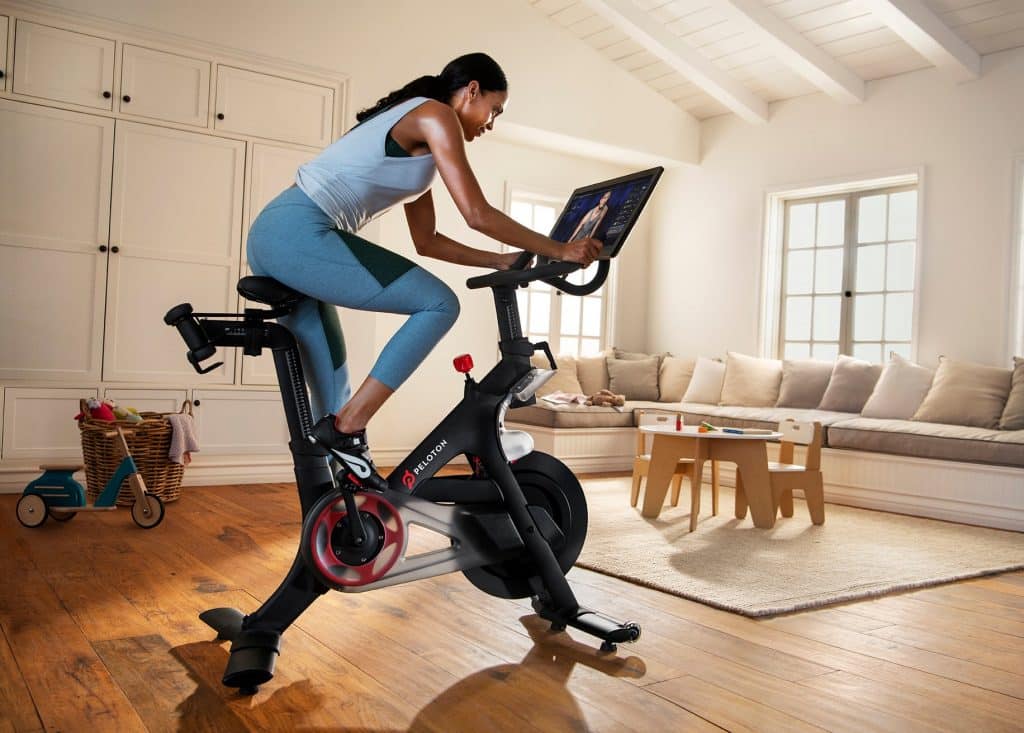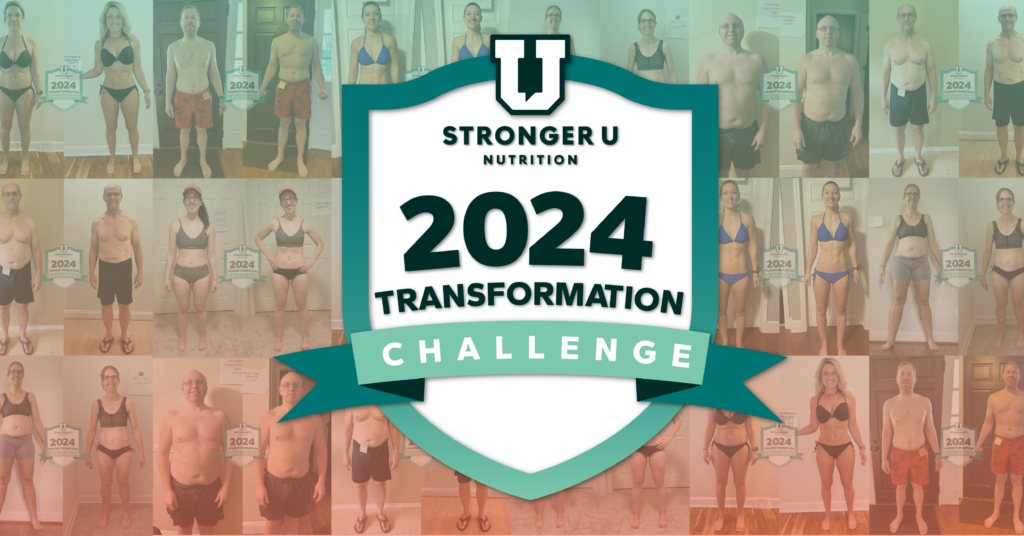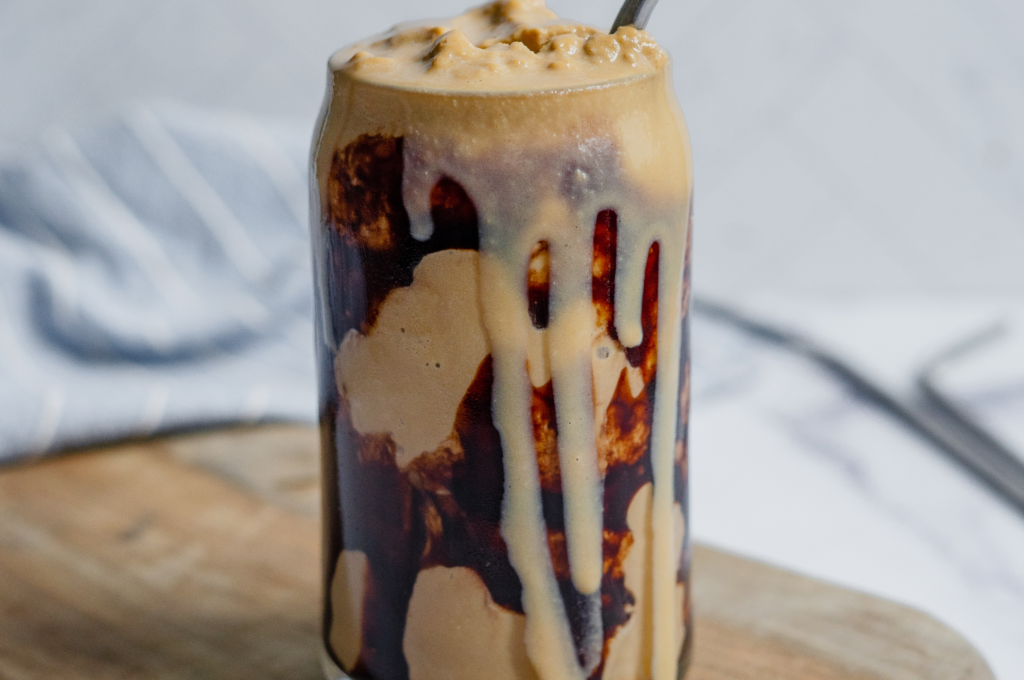Last June, on a hot Texas Monday morning I was sipping my coffee and walking my dog Bowser before starting my workday when I got a text from one of my clients that, to this day, is one of my favorite client moments in all my time coaching. My client, whose name shall remain anonymous, text me SO proud of themselves for something they’d done over the course of the weekend.
Now, some important backstory here is that this client was a marathoner. At least, a former marathoner. They’d recently joined SU a few weeks back and one of their big goals was to get back to a place where they could run marathons again. An admirable goal, no doubt. They’d kept up with running despite the weight gain that had brought them to SU in the first place, and they had all the intentions of becoming a better runner than she’d ever been in the past.
So my client, who had just knocked out a 10-mile run on a rainy Saturday at the gym that previous weekend, text me. She was practically bubbling with excitement. You know, the texts that are full of emojis, exclamation points, capital letters, and maybe more than a couple of gifs following.
What was she so proud of?
“Coach! I had a great run this weekend. It rained pretty hard here so I didn’t get to run outside like I wanted to. But I got a great 10-miles in at the gym AND I burned over 600 calories while doing so, which meant that I got to make room for pizza that night! Thank you so much for everything!”
Face, meet palm. But also a great coaching moment, both for myself and for my client, who has since run in her first marathon since joining Stronger U. A great coaching moment because it’s something that is so intimately relatable to so many of us. Especially when we first start trying to take care of our health by watching what we eat and going to the gym at the same time. It’s normal to feel like we’re working so hard that obviously, we have to be making room for something to go in there, right? What else is all of that for?
Now, here at Stronger U, we are very into exercise. Heck, we’re so into it we’ve even got out own version of Stronger U Fitness. We’re a community of runners, CrossFitters, bikers, bodybuilders, Orange Theory fanatics, and obviously a ton of Peloton fans. But we’re also a community of people who don’t exercise, and that’s alright by us. Exercising regularly is good for health, but it’s also a privilege for many. It’s something that can be extremely challenging to fit into a schedule, not to mention finding a modality and a community that makes you feel comfortable or welcome.
On top of all of that, exercise isn’t necessary for weight loss. More than that, we actively encourage you against thinking about calories burned during exercise as any kind of contributor to your weight loss.
Which, for some of you, might sound completely insane.
The truth is though that we don’t want you to worry about that. At all. Not in the least bit. And we’ve got proof!
That’s Clayton. Clayton is a Stronger U Superstar. We’ve talked about him quite a bit before, but his story bears repeating. Because the pictures you see up there? Those represent 100lbs lost in 51 weeks, all without exercise.
But sure, while Clayton is undeniably handsome you’d probably like to know some of the hard facts about why we feel that way, right? I mean, a stance like exercise-shouldn’t-be-used-for-weight-loss is practically sacrilege in many fitness circles. So why in the world would we feel that way? What are the hard facts?
You want facts, we get ’em!
Before the main course, the appetizer. To start our fun off, I have some relatively bad news: You should know that your Apple Watch is lying to you. It’s been lying to you for quite some time. You know those calorie estimates it gives you when you’re working out? It turns out they might be kind of off. How off? Well, this study testing the Apple Watch, FitBit Charge HR, Samsung Gear S, and Mio Alpha had subjects go through normal daily activities, rest, walk on a treadmill, run on a treadmill, and cycle on an ergometer. What did they find?
When it comes to tracking heart rate, the wearables were pretty accurate, with an error range of 1-9%. But when it came to tracking calories burned during that same period? Not so hot, with an error range of 9-43%.
43% is a very big margin of error, even if it’s the high end. The area between 9% and 43% holds a lot of room for mistakes to be made, especially if you’re trying to base your eating off of what those numbers tell you. What might that look like in action?
Well, let’s say you go for a nice 4-mile run and your Apple Watch tells you that you burned 427 calories. Not too bad, right? That’s a decent bit of caloric output, and if you’re thinking about replacing those calories with food, an extra 427 calories sure could be nice.
But let’s take a conservative estimate and say the Apple Watch was off by 25%. That means that you’re actually off by 107 calories (technically 106.75 but we’re rounding here). Meaning that the 427 calories, which could’ve been something like a really awesome and kinda decadent peanut butter and jelly sandwich, is actually more like 320 calories. Or two servings of Thin Mints.
Pretty sobering, huh?
That’s taking the conservative estimate on some data that we’re only really just starting to figure out. For example, there’s another study that shows where out of the tested devices (including Apple Watches and FitBits) nobody did better than 20% off.
Okay, so sure. Wearables aren’t that accurate. At least, the common wearables that most people have aren’t that accurate when it comes to most of the general activity that someone might do. But paying attention to your health and having that data can be super helpful, right?
The data might actually disagree.
Naturally, there are a lot of confounding variables anytime you’re trying to look at weight loss and how something like a wearable might impact weight loss. But there’s an interesting study published in JAMA where researchers split subjects into two groups. Those with wearables and those without wearables. Everyone got the same behavioral interventions, the only difference was the wearable.
The results?
Over a two year period those with the wearables lost 50% less weight than those without the wearables.
Does that mean that wearables automatically cause you to lose less weight? Of course not. That’s not what the researchers were saying. But this data does seem to intuitively back up something that many coaches, dietitians, and weight loss counselors can probably all relate to: We’re really poor at estimating how much we’ve eaten, and we’re even worse when we exercise and then eat.
Asking yourself to be honest about how much we’ve eaten in a given meal or day is just asking to be lied to, and you don’t even mean it. That’s not a condemnation of you, that’s just a fact of human life. We’ve talked about it on a number of different occasions. We’re terrible at estimating just how many calories a food might contain, and with something like our behavior around food, we’re almost always going to be more likely to view the past in a favorable light.
I don’t think that it’s that crazy to think that seeing how many calories we burn on a daily basis is just adding fuel to that very-human and very real decision making dumpster fire. We’re impacted by the information that we take in on a daily basis, no matter whether we like it or not. That’s a fact we’ll never be able to get away from.
But we’re even more impacted by information that we regularly seek out and become accustomed to. That information begins to feel more safe and reliable. A calorie expenditure number on your watch is a great example of that.
You might even know that the number is supposed to mean nothing, but if you’ve been seeing that number show up on your screen for 2-3 years straight, it’s not hard to think that number might influence some of the eating choices we’ve made across that time, right? Even if we didn’t mean it to. Especially when we consider we’re already more likely to underreport our eating choices, to begin with. Seeing that we’ve “made room” to eat more thanks to that number is just asking for disaster for some of us.
Does that mean you need to give up your wearable forever?
I don’t think you need to go that far. I think it’s just important to be intentional about how you use it and what you’re looking to get out of it. Counting on it to keep track of your heart rate and a general idea of your steps, so you can be sure you’re consistently moving throughout the day? That’s outstanding. That’s probably an ideal use of a wearable. We just get into the weeds when we start thinking about wearables and the calories they tell us that we’re burning.
The point being, we’re only just now starting to figure this stuff out. There are undoubtedly certain wearables that are more accurate than others, and as more companies enter this world, the competition is bound to push that technology forward. Wearables that are able to accurately track your heart rate, take into account your height, weight, and more will probably tend to be a bit more accurate. Wearables use what is known as METs, or metabolic equivalent tables, which is a very sound system of determining caloric expenditure during all kinds of different activities.
But debating error rates and the improving technology still isn’t touching the major reason why we caution against tracking the calories you burn during exercise.
Exercise isn’t supposed to be a tool for weight loss.
Just about every Personal Trainer with a few years under their belt can tell you their fair share of stories about clients who kept coming in, week in and week out, but never lost any weight because of the changes that never happened. The dietary changes. That’s something research shows as well. Exercise on its own isn’t actually that great for weight loss on its own. There has to be some kind of dietary intervention that comes along with it in the vast majority of cases, and even then, we still have to be vigilant. Because, surprise surprise, we’re all bound to naturally eat more after exercising, and as we’ve seen, underreport that food intake.
Exercise is a tool to make you better. A tool to make you look and feel better. That’s the real purpose of exercise. Not to burn calories. Sure, you burn calories while exercising, there’s no way around that. But the calories you burn while exercising often tend to be drastically lower than almost anyone would ever imagine.
If you’re running on a treadmill it’ll almost always spit out a number that it thinks you burned. But those calories don’t mean anything. They’re not a true representation of the work you’ve done, or more importantly, the positive physical adaptations that happen to your body because you’re exercising. They don’t show that you’re developing a healthier heart, they don’t show that you’re becoming more efficient at moving blood, oxygen, and nutrients throughout your body.
Those are just some of the physiological realities. The calorie number sure as hell doesn’t show the internal changes that happen when we start exercising. Calories aren’t currency to be exchanged for moving your body. That’s not the point of moving your body, and it never will be.
Calories can’t possibly explain the confidence that someone starts to feel when they’re finally able to do a push-up for the first time. Your FitBit telling you that you only burned 200 calories yesterday can’t possibly understand that you only burned 200 calories that day because the day before you completed your first obstacle race with a newfound group of friends — something you wouldn’t have ever done before you joined a gym and started exercising. Energy expenditure has absolutely no bearing on the fact that because someone weight trains and exercises regularly, they very well might be able to play on the floor with their grandchildren well into their 70’s.
Before we go, there’s one brief caveat to all of this. I know that I’ve spent the past few minutes telling you all about why you shouldn’t be tracking calories burned during exercise, and you shouldn’t let it be something that helps guide your decision making.
Now that I’ve told you all of that, there are some cases where all of this is entirely wrong and you shouldn’t listen to a thing I’ve said. Seriously. There’s a class of individuals and athletes that absolutely need to think about this aspect of training and eating. The great thing is, if you’re in this class of individuals, you might already know that!
For someone like an ultra-marathoner or someone who is training for/competing in a major endurance event, replacing calories burned during exercise is of paramount importance. Those are incredible taxing events that take up significant lengths of time. Putting the body through so much of that makes getting in calories during exercise and having a good idea of how many you’re going to need becomes of paramount importance here. Which is why we’re so thankful to have a Coach like Ariana Scalfo lead a Stronger U Journal Club alongside Alex Viada to talk about this very thing, complete with calorie and macro recommendations for longer duration training and competitions. If you’ve ever been curious about partaking in any of those kinds of events, curious about the refueling strategies, or just want to learn, you’ll love it.









